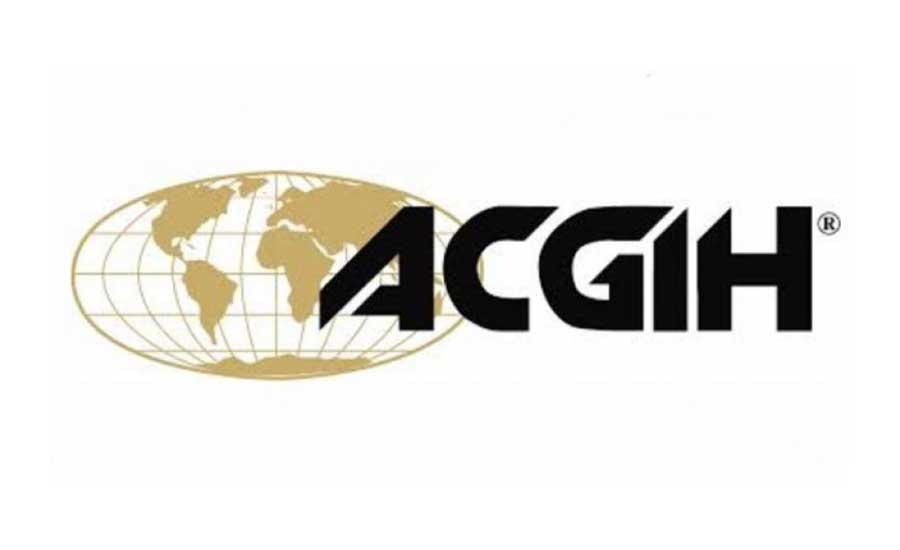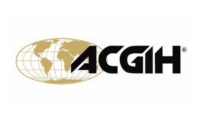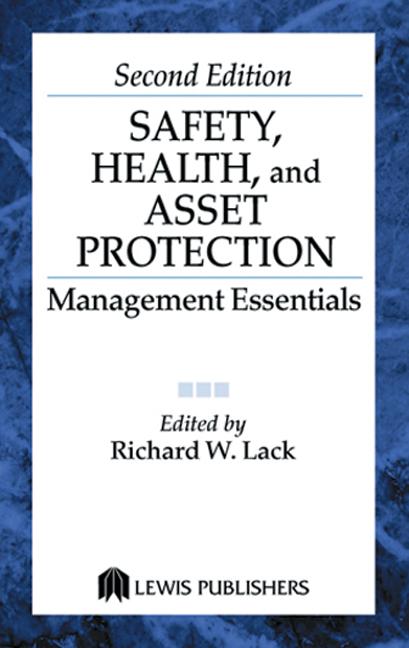ACGIH® Presents Occupational Aspects of New Lighting Technologies Webinar

ACGIH® will present Occupational Aspects of New Lighting Technologies on July 11, 2018 at the following times:
- 2:00 p.m. – 3:30 p.m. Eastern Time
- 1:00 p.m. – 2:30 p.m. Central Time
- 12:00 p.m. – 1:30 p.m. Mountain Time
- 11:00 a.m. – 12:30 p.m. Pacific Time
In 2018, ACGIH® published on the Notice of Intended Changes, a statement on the occupational health aspects of new lighting technologies. It describes the circadian, neuroendocrine and neurobehavioral effects of light. Over the past decade a revolution in indoor lighting has been underway, fueled partly by the new technologies of compact fluorescent lamps (CFLs) and solid-state, light-emitting-diode (LED) lamps, and partly by efforts to reduce the consumption of electrical energy. Do these changes in the work environment pose any health concerns? The ACGIH® TLVs® for Light and Near Infrared Radiation for evaluating optical radiation have existed for decades and lamp safety standards refer to these TLVs®. These guidelines have been developed to avoid retinal injuries from exposure to very intense light sources (e.g., welding arcs). In most workplace settings, there is little chance that workers will be exposed to general lighting sources (GLS) used for visual purposes that exceed current TLVs®.
After participating in this webinar, attendees will:
- Be more aware of the significant changes now taking place in lamp technology and lighting installations—particularly those related to solid-state lighting.
- Learn the new discoveries since 2001 on the influence of the spectral distribution of environmental light on the circadian, neuroendocrine and neurobehavioral effects of light.
- Understand the role of newly discovered retinal photoreceptor (the intrinsically photosensitive retinal ganglion cell or ipRGC) that influences the circadian, neuroendocrine and neurobehavioral effects of light.
- Appreciate the differences between the current ACGIH® TLVs® that protect against retinal injury from intense light sources and the use of the term “blue-light hazard.”
- Learn about the potential impact of lighting on the body’s circadian regulation and how this might affect shift work.
- Understand the causes of workplace complaints about new solid-state (LED) lighting installations.
ACGIH® is pleased to offer webinar attendees an audio option. U.S. and Canadian attendees can connect to the audio portion of the webinar via the toll-free audio telephone link or listen to the audio portion through an audio stream directly through their computer. Other international participants can listen via the audio stream without incurring additional telephone charges.
David H. Sliney, PhD, George C. Brainard, PhD, and Steven W. Lockley, PhD will present this webinar.
David H. Sliney, PhD received his Bachelor’s degree in physics from Virginia Polytechnic Institute, his Master’s degree in physics and radiological health from Emory University, and his PhD in biophysics and medical physics from the University of London, Institute of Ophthalmology. He was the Manager of the Laser/Optical Radiation Program at the U.S. Army Center for Health Promotion and Preventative Medicine for many years until retiring in 2007. He served as a member, advisor and chairman of numerous committees and institutions, which are active in the establishment of safety standards for protection against non-ionizing radiation (ANSI, ISO, ACGIH®, IEC, WHO, NCRP, and ICNIRP). He was a charter member of the ACGIH® Threshold Limit Values for Physical Agents (TLV®-PA) Committee and a past Chair. He was a Fulbright Scholar to Yugoslavia in 1977 and received the Schawlow Award from the LIA in 2005, and the Award for Distinguished Scientific Achievements from the Health Physics Society in 2009. He served as President of the Laser Institute of America in 1992 and as President of the American Society for Photobiology during 2008-2009.
George C. Brainard, PhD is a consultant to the ACGIH® Threshold Limit Values for Physical Agents (TLV®-PA) Committee. The effects of light on biological and behavioral responses of animals and humans have been the focus of his work for 35 years. His research on the effects of light have been supported by grants from the National Institutes of Health, NASA, the FDA, the DOE, the DOD as well as Philips OSRAM, Panasonic and other industrial and private sources. He has authored over 100 original research articles and over 50 book chapters. He has written or edited 12 books or monographs including five lighting standards for the Illuminating Engineering Society of North America. Dr. Brainard has been the U.S. Division Six Director for the International Commission on Illumination (USNC/CIE) since 1992, chaired the IESNA Photobiology Committee for 10 years and is currently co-chair of the IESNA Light and Health Committee. He was honored with the Johnson Space Center Director’s Innovation Award in 2015, the Research Award from the Professional Lighting Design Convention in 2013 and the Research Award for Excellence on Photobiology, Photochemistry and Photophysics from the American Society for Photobiology in 2010.
Steven W. Lockley, PhD has nearly 25 years of experience in light, circadian rhythm and sleep research. He is an expert on the role of light in human physiology and has helped to facilitate the translation of the biological benefits of light to clinical, occupational and architectural applications, including new lighting on the International Space Station and the ‘ALFA for DIVA’ lighting design software from Solemma. His research is funded by NASA, NIH and others and he has published more than 150 original reports, reviews chapters and editorials including “Sleep: A Very Short Introduction.” Dr. Lockley is an Associate Professor at Harvard Medical School, Division of Sleep Medicine. He is also a consultant to the ACGIH® Threshold Limit Values for Physical Agents (TLV®-PA) Committee.
This webinar contains 1.5 contact hours and may be eligible for ABIH CM credit. See the ABIH website (www.abih.org) for CM credit criteria. This webinar may also qualify for BCSP recertification points for Certified Safety Professionals. Participants seeking confirmation of attendance for the webinar from ACGIH® must attend the live webinar or view the archive and submit a final exam and evaluation. Certificates of Completion will be issued in a timely manner after receipt and completion of these items. For more detailed information about the Occupational Aspects of New Lighting Technologies webinar, contact Ryan Peltier at rpeltier@acgih.org or 513-742-2020.
To register for this exciting event, visit the ACGIH® website at https://www.acgih.org/forms/meeting/Microsite/occ-aspects-light-tech-webinar.
ACGIH® is a 501(c)(3) charitable scientific organization that advances occupational and environmental health. ACGIH® is one of the industry’s leading publications resources, with approximately 400 titles relative to occupational and environmental health and safety, including the renowned TLVs® and BEIs®. For more information, visit the ACGIH® website at www.acgih.org or call our Customer Service Representatives at 513-742-2020.
Looking for a reprint of this article?
From high-res PDFs to custom plaques, order your copy today!







